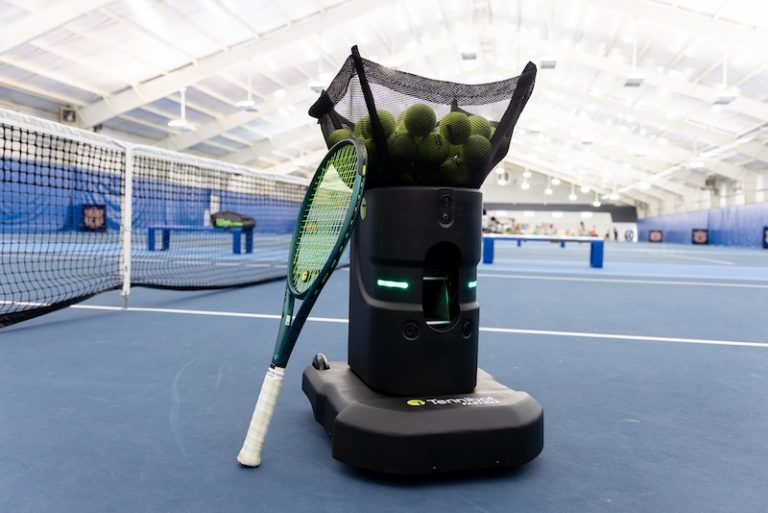Top AI-powered vision system companies: Giving robots the power of sight

In the evolving world of robotics, one of the most transformative advancements is the development of AI-powered vision systems. These technologies enable robots not only to “see” but also to interpret and understand their environments with increasing sophistication. From assembly lines and warehouses to surgical suites and farm fields, vision-enabled robots are reshaping what machines can do – bringing a new level of autonomy, adaptability, and precision to automated tasks. Seeing the world in 2D and 3D Robotic vision begins with sensors – primarily cameras – used to capture visual data. Traditional 2D vision systems, which rely on flat images, have long been used for tasks like barcode scanning, surface inspection, and color detection. But as robotic applications grow more complex, there has been a rapid shift toward 3D vision systems, which provide depth perception and spatial context. 3D vision systems use technologies such as stereo cameras, time-of-flight sensors, and structured l...









